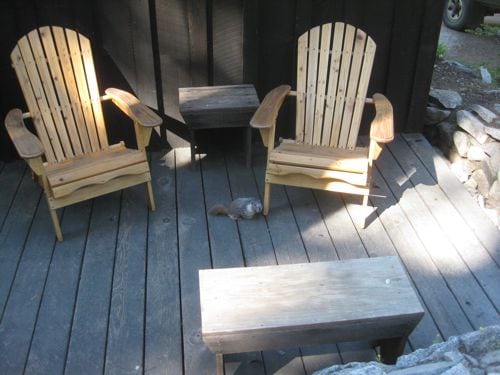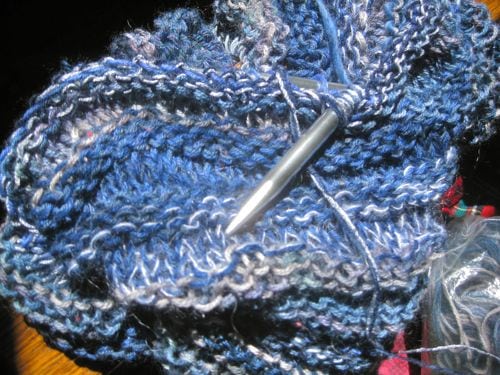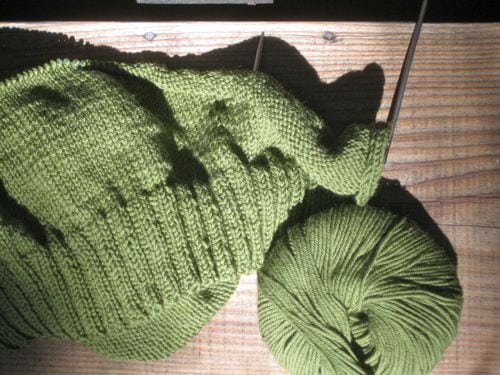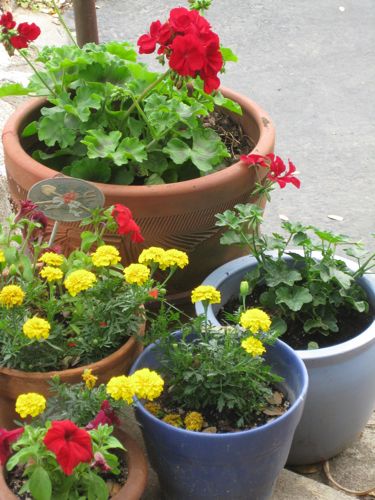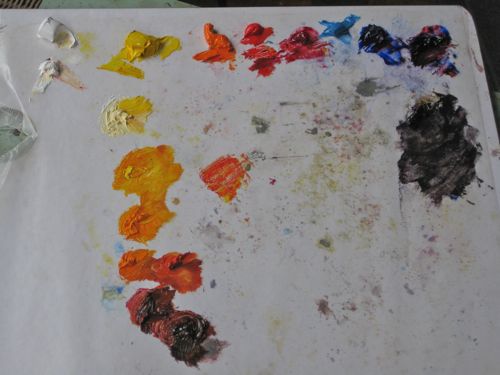This is a reprint of an article that I wrote for LinkedIn.

Mineral King Trail, 11 x 14″, oil on wrapped canvas, $175
In the art world, one can always find a discussion about the purpose of art. Is it to decorate? To enhance? To inspire? Or, is its purpose to disrupt, to cause one to examine one’s life, or simply to disturb?
The latest news flash disrupts. The top of the hour news causes one to examine one’s life. The all-news-all-the-time reiteration of gross events in the world is disturbing.
Be honest now: is this what you want on the walls in your life? In my humble opinion, disruption, self-examination and disturbances are more the purview of news than art.
I live in a poor rural county in the center of California. Art is a strange way to earn a living here, and it is a hard haul at times. No matter how difficult it is, I am motivated, nay, DRIVEN to find and show the beauty of this place I’ve always called home. Sure, I could make art about stolen vehicles, meth, teen pregnancy, poverty, diabetes, obesity or bad air, but who wants to look at that??
Artists are told by professors, publications, websites, seminars, workshops and other artists that we must convey a message, tell a story, incite people to think.
As an artist, my response to this “must” is two-fold: first, an automatic internal reaction that I may not have anything worth saying other than “Ooh, how beautiful”, and second, perhaps that message of beauty is irrelevant.
Recently, I became aware of a transcript of a talk given by philosopher and writer Roger Scruton, called “Why Beauty Matters”. (http://www.facetofaceintercultural.com.au/a-fading-beauty/) He points out that beauty is a value, one that is as important as truth or goodness.
Scruton quotes Oscar Wilde, who said, “All art is absolutely useless”, and he opines that Wilde intended this as praise. How can uselessness be viewed as a compliment? He actually viewed beauty as having a higher value than usefulness.
What a contrary concept in this age of edgy brashness, outrageous trendiness, and ever-increasing audaciousness, all for shock value.
Once again, I admonish you to be honest: do you want to be shocked as you pass down your hallway? Disturbed while waiting for your coffee? Upset as you settle in for the evening?
Beautiful art can bring grace to your home and peace to your life. We all know that life can be hard. Have you ever considered that beauty soothes the troubled soul and takes the edge off the difficult times? It can momentarily transport us away from our daily harsh realities, and it is an immeasurably great quality that we cannot overdose on.
I’ll take soothing over shocking every day. Art serves in that capacity for me, both in its creation and in its display. Like goodness and truth, I need beauty in my life. Art helps to fulfill that need.
























